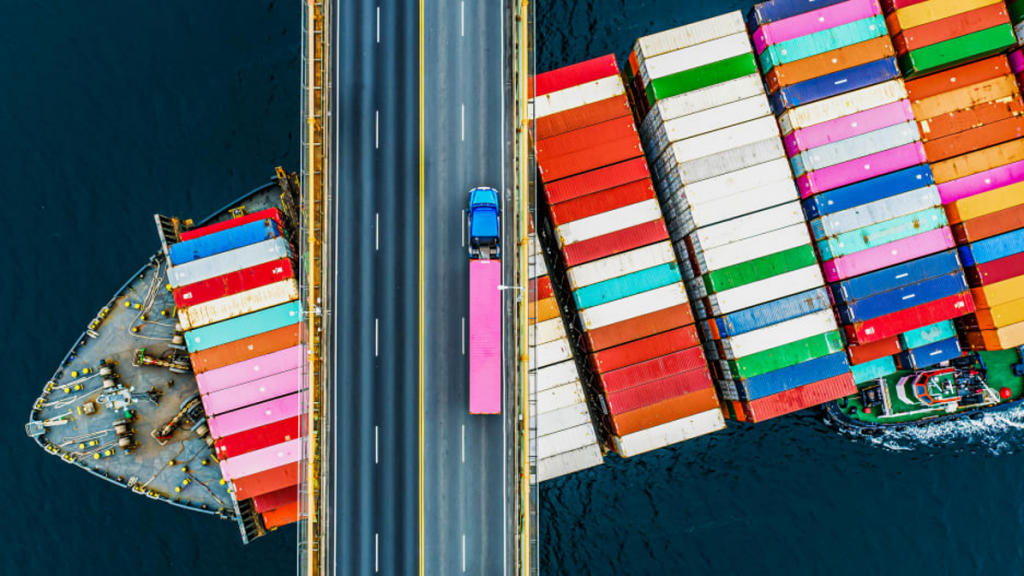
FastCompany has an article explaining why the supply chain is still kind of a mess, and when experts believe it will finally return to normal.
Here are six trends experts are seeing regarding the supply chain.
1. GOVERNMENT INTERVENTION REMAINS A POSSIBILITY
While governments have tried to clear a path as much as possible for shipping companies, they’ve resisted a direct hands-on approach through this crisis. That might change, however.
“One of the ways governments are starting to respond to the challenges these dynamics present is to look more closely at supply chains and supply chain resilience as a national security imperative,” the report reads. “If this continues–as it seems likely to do–government intervention with trade and sourcing is likely to become a more pronounced challenge for supply chain managers. The war in Ukraine has amplified and accelerated trends already set in motion.”
2. LAST YEAR’S SHORTAGES COULD TRANSFORM INTO NEXT YEAR’S OVERSUPPLY
Early this summer, Walmart, Target, and others had huge discounts on clothing and home goods because a lot of the materials they had ordered up to a year ago finally hit stores, overwhelming them with inventory. For a brief moment, supply outstripped demand. As we head toward a recession, consumer demand is likely to be reduced in the months to come. And that could make things even more challenging for the shipping/supply industry on a different level.
Put another way: Lower demand could result in oversupply.
3. THE LABOR MARKET ISN’T EXPECTED TO IMPROVE
The labor issues that have plagued so many companies for the past year are just as prevalent, if not more so, in the shipping industry. As in many industries, workers are seeking pay increases to keep up with inflation.
4. THERE MAY SOON BE A SURPLUS OF SHIPS
Next year is expected to see a rush of new vessels. Some 28% of the current installed fleet capacity is on order and just under half of that is expected to be delivered over the course of next year. That could make container rates lower, which could work out well for consumers, as shipping costs could drop.
5. CLIMATE CHANGE COULD POSE ADDITIONAL PROBLEMS
Ecoclimate issues could present just as notable a roadblock for shippers. Low levels in Germany’s waters are impacting economic activity. And in the U.S., the Mississippi River is seeing falling water levels, which has resulted in a log-jam of over 100 vessels. There are heat waves in China and hurricanes are becoming stronger than ever. All of these present an opportunity to disrupt supply chains around the world.
6. THINGS ARE GETTING BETTER
Signs are now pointing to a better year in general for supply chains in 2023. The Logistics Managers’ Index for September read “September’s future predictions hint at normalization and a return to business as usual over the next year.”
“How long will it take for this gradual improvement to get to a point where the market is fully back to normal?” the report reads. “There are multiple different ways to look at this, [but all indicate] a full reversal to normality should come in March 2023.”

 Dad Caps
Dad Caps
 Five Panel Hats
Five Panel Hats
 Mesh Back Hats
Mesh Back Hats
 In Stock Blanks
In Stock Blanks
 Snapback Hats
Snapback Hats
 Stretchfit Hats
Stretchfit Hats
 Duffel Bags
Duffel Bags
 Backpacks
Backpacks
 Tote Bags
Tote Bags
 Computer Bags
Computer Bags
 Sling Messenger Bags
Sling Messenger Bags
 Cooler Bags
Cooler Bags
 Cuff Hats
Cuff Hats
 Beanies
Beanies
 Scarves
Scarves
 Zipper Folders
Zipper Folders
 Stitched Folders
Stitched Folders
 Accordion Folders
Accordion Folders
 Ring Binders
Ring Binders
 Letter Folders
Letter Folders
 Clipboards
Clipboards

 Union Made In USA
Union Made In USA






